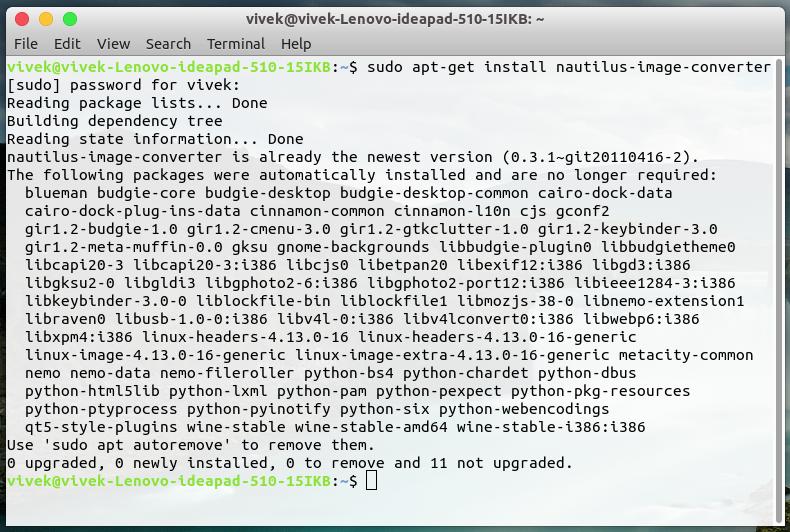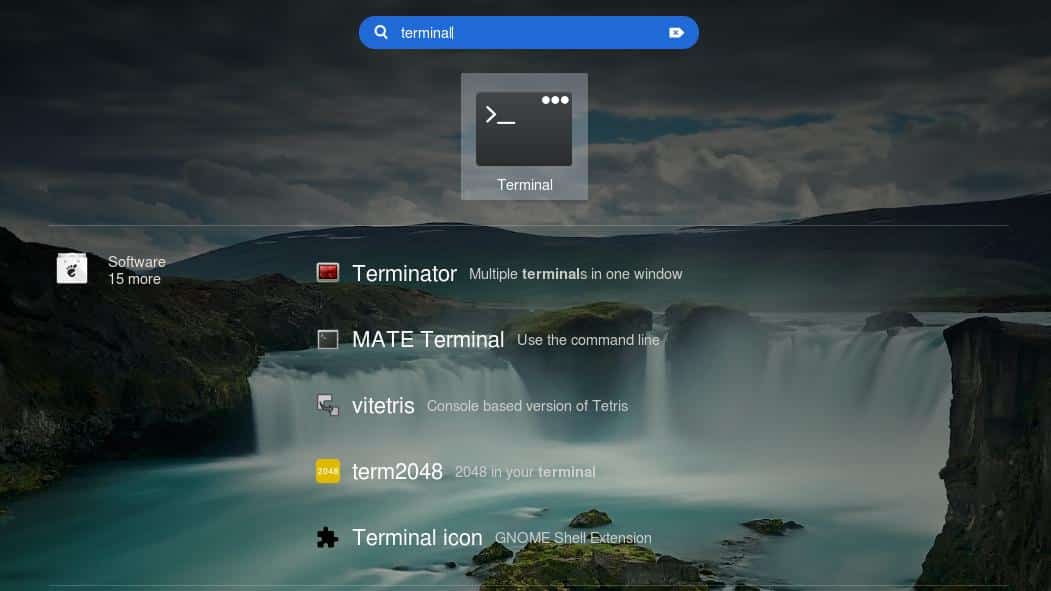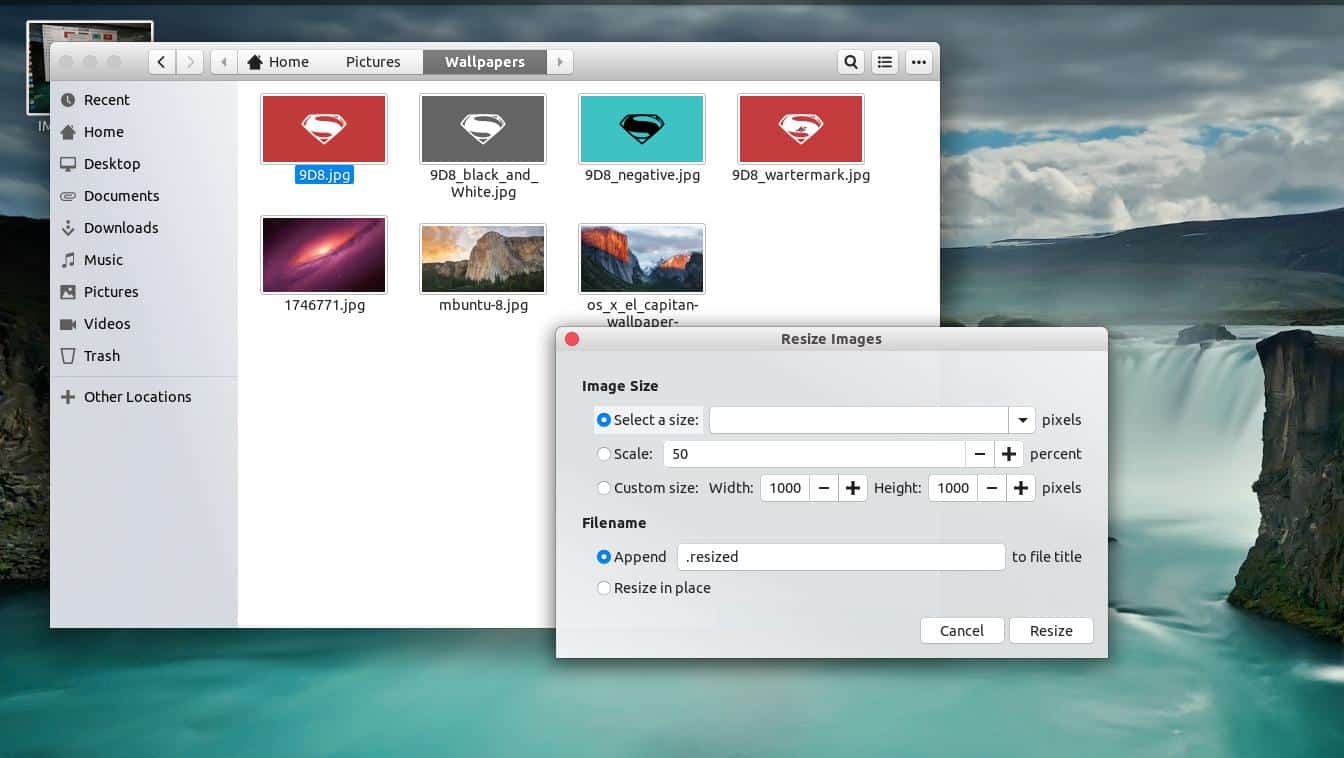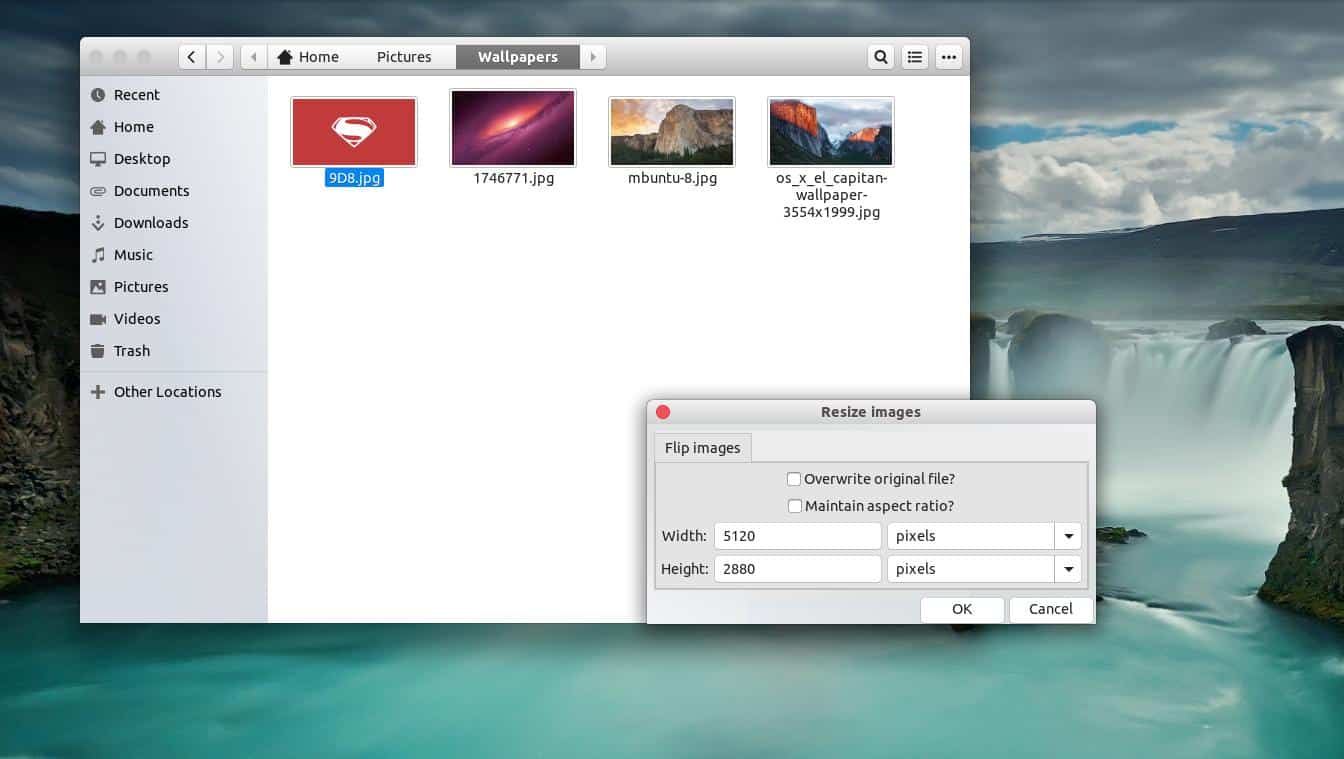There have often been times when I considered getting rid of Ubuntu and going full Windows. One of the main reasons is the lack of apps. Sure there are often replacements for popular Windows apps like GIMP for Photoshop. But I tend to prefer the generally more polished Windows apps. Then some games tend to not work with Linux. Luckily, it has got such a level of customization. Not to mention now and then the open-source nature of the platform amazes me with its potential. If you’ve been following, we recently covered an app that adds an image resizing option in the Windows context menu when right-clicking on an image. Ubuntu has similar abilities if you install the right apps, plugins or add-ons.
By default, Ubuntu uses the Nautilus file explorer which is a bit like Windows Explorer, which is basic. Other file explorers for Linux such as Dolphin let you convert or resize images directly with a right-click. With the default file explorer on Ubuntu, you’ll need to install a couple of plugins to get the same functionality. It is certainly better than switching to another file explorer because I like how Nautilus looks. These plugins add the ability to convert and resize and let you do advanced things such as blur the image or enhance the image and a bunch of other things.
Like many other actions on Ubuntu, installing the plugins requires Terminal commands. You can launch the Terminal by pressing Ctrl + Alt + T on your keyboard. You can also hit the Windows key and type Terminal to search for it.
Install nautilus-image-converter
The app adds the resizing option to the Nautilus right-click menu. But if you also want the option to convert images, skip this one. Depending on your version of Ubuntu, this Nautilus plugin might be available in the Ubuntu Software Center. But we’ll use Terminal since it’s the universal method. To install it copy and paste the following command in the Terminal Window and hit Enter.
sudo apt-get install nautilus-image-converter
Type your password and hit Enter again and then follow the on-screen instructions. Press Enter or enter Y if and when asked. 
Install nautilus-image-tools
This one brings the option to convert images and resize them with other options. You can turn images into black and white, blur them, enhance them, add a border, contour, Greyscale, Negative or Vintage filter, flip the image, and add a watermark. I’m pretty sure I’ve missed something too. Unlike the resizer, this one isn’t available in the official Ubuntu repositories so you’ll have to add it from an unofficial repository by Atareao. Copy and paste the following commands in the Terminal Window one by one and hit Enter. Follow any on-screen instructions.
sudo add-apt-repository ppa:atareao/nautilus-extensions sudo apt-get update sudo apt-get install nautilus-image-tools
Restart Nautilus
Use the command below in the terminal to restart Nautilus.
nautilus -q
Right-click, resize, convert, etc.
Once all that is said and done, you can launch Nautilus normally and when you right-click on an image you will get the option to Resize and Rotate if you installed the Nautilus-image-converter plugin. If you installed the nautilus-image-tools plugin, you will see an Image tools option which further expands to show resize, convert, and everything else. Let’s take resizing an image for example. Select an image or as many as you want then right-click and select Resize Images… A window allows you to select the new size and overwrite the original image. Click Resize when ready. The resized image is saved in the same location as the original if you choose not to overwrite it.
Similarly, you can also select Image Tools> Resize. The resized window is a bit different in both methods. The resize option in Image tools does not let you manually append anything to a new file(s).


